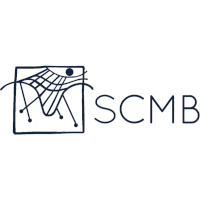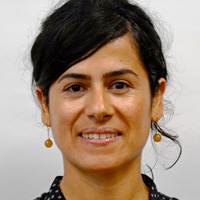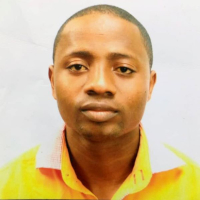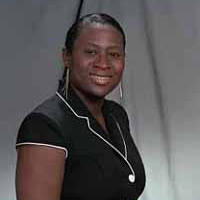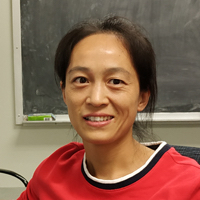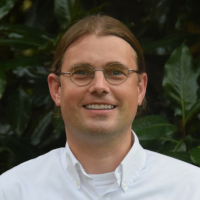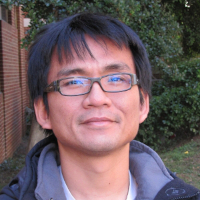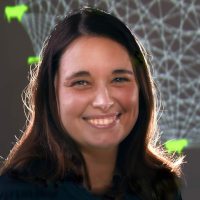Southeast Center for Mathematics and Biology 4th Annual Symposium
ZoomJoin us for a lively exploration of the math-bio interface The Symposium will host daily panel discussion about important issues in math-bio research and traineeship. How can we productively embed ourselves in a second discipline? What paths have led to successful math-bio careers in academia? In industry? Support the next generation of math-bio researchers Following …
